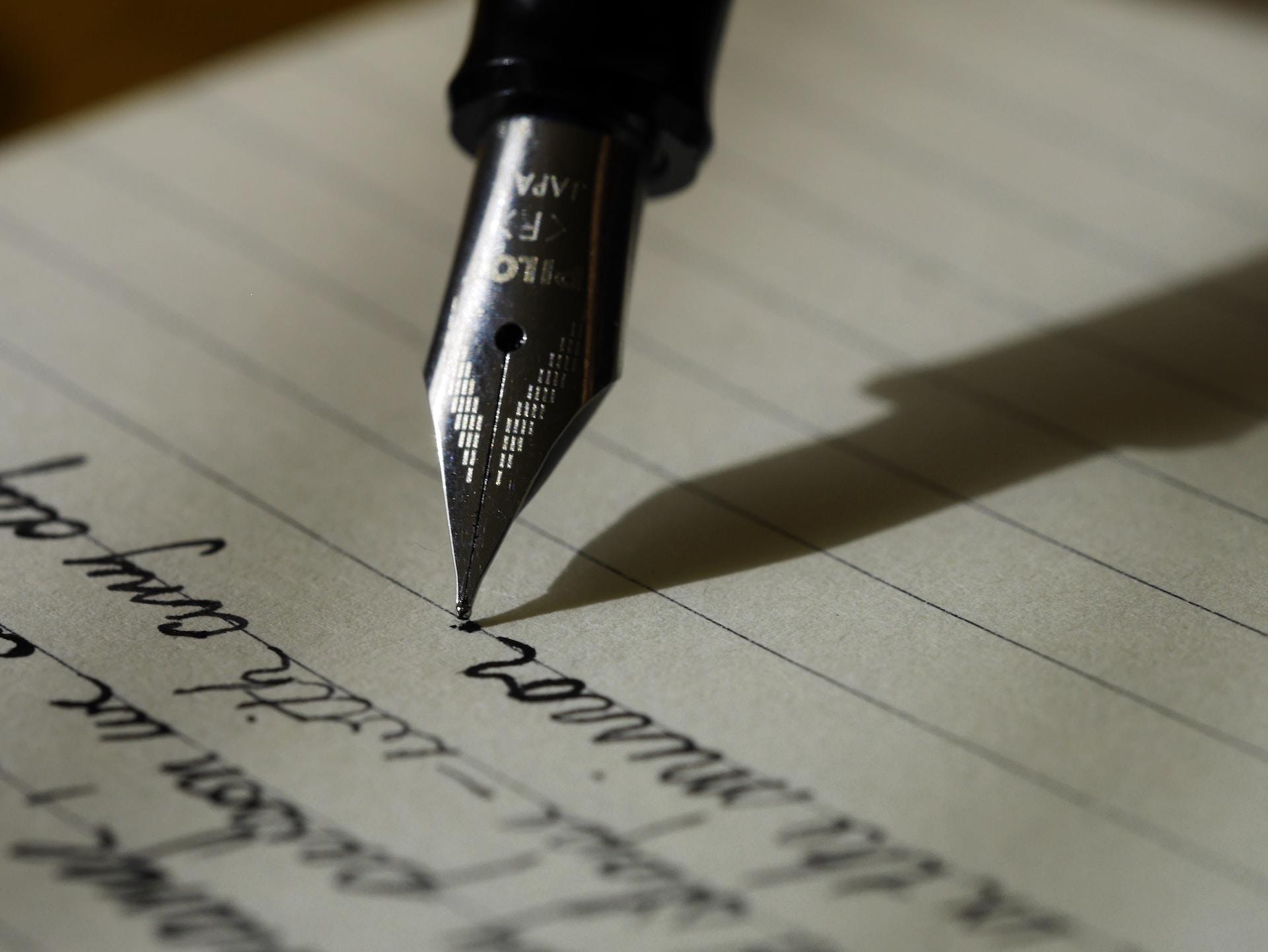Chapters
Many people enjoy this part of their English GCSE the most, an opportunity to write something fictional and come up with their own story, often influenced by other things they have seen and been reading themselves.
Your teacher will set you specific tasks regarding fiction writing, or your examination may include time to write something fictional to help show your understanding of the English language.

Types of Fiction

There are numerous types of fiction and ways that fiction writers choose to work, with some examples below:
- Short Stories: Compact narratives that focus on a single plot or theme, typically with a limited number of characters.
- Novels: Extended works of fiction that offer a complex and detailed exploration of characters, plot, and themes.
- Poems: Expressive and condensed compositions using rhythmic and metaphorical language to convey emotions, ideas, or imagery.
- Plays: Written with characters and dialogue as well as stage direction.
- Flash Fiction: Extremely brief stories, often with a word limit of a few hundred words, designed to convey a complete narrative in a short space.
- Novellas: Intermediate-length works of fiction, shorter than novels but longer than short stories, allowing for more character and plot development.
Structuring a Story
You must be able to structure a story in a somewhat coherent way, though there are rules that are sometimes bent and broken in the world of fiction. It is best to follow a structure to show you have understood how stories work, and this five-part structure is typical for works of fiction:
- Exposition: At the story's outset, an engaging introduction captivates the reader while establishing the setting and context, laying the foundation for the narrative.
- Rising Action: Subsequently, tension steadily mounts as the plot develops, drawing the audience deeper into the story and intensifying their engagement with unfolding events.
- Climax (Turning Point): The narrative reaches its zenith with the climax, a pivotal moment characterized by maximum dramatic intensity. This turning point is often a crucial decision, revelation, or conflict that profoundly impacts the story's direction.
- Falling Action: Following the climax, the narrative enters the falling action phase, wherein the consequences and aftermath of the climax become apparent. Tension eases, and the story begins to wind down, revealing the lasting effects of the pivotal moment.
- Resolution: Finally, the story concludes with the resolution, providing closure to the narrative. Loose ends are tied up, and the audience gains a sense of finality as the characters' journeys find resolution and the overarching plot comes to a satisfying end.
Think of a book you may have read in the past or recently, or even a film or other narrative-based media. You may be able to fit it into this five-part structure.
Harry Potter and the Philosopher's Stone is one example. Think about how it fits in the five-part narrative:
Exposition: The story begins with the orphaned Harry Potter living with his neglectful aunt and uncle. The exposition introduces the magical world, the existence of wizards and witches, and the mysterious circumstances surrounding Harry's survival of the dark wizard Voldemort's attack.
Rising Action: As Harry starts his first year at Hogwarts School of Witchcraft and Wizardry, he discovers his identity as a wizard and forms friendships with Ron Weasley and Hermione Granger. The rising action includes the challenges of adapting to the magical world, learning about the Philosopher's Stone, and uncovering hints of Voldemort's return.
Climax (Turning Point): The climax occurs when Harry, Ron, and Hermione confront the obstacle-laden chambers protecting the Philosopher's Stone. The trio faces challenges that test their courage, intelligence, and loyalty, ultimately leading to Harry's confrontation with Professor Quirrell and the revelation of Voldemort's attempt to return.
Falling Action: After preventing Voldemort's return and warting the plot to steal the Philosopher's Stone, the falling action shows the characters returning to normalcy at Hogwarts. The consequences of their actions, such as Gryffindor winning the House Cup, are realized, and the immediate threat is resolved.
Resolution: The story concludes with the end of Harry's first year at Hogwarts. The resolution sets the stage for future adventures as Harry reflects on his challenges, the friendships he formed, and the mysteries surrounding his identity. The novel ends on a note of anticipation for the next phase of Harry's journey.
A Christmas Carol is another superb example, as demonstrated below:
Creating a Hook to Open the Story
The intro is a big part of your story, even if it is short, and you must find a way to keep people's attention. Imagine you're a fiction writer trying to get someone to stay with your book until the end.
Consider the start of this short story by Franz Kafka, the Metamorphosis:
"As Gregor Samsa awoke one morning from uneasy dreams he found himself transformed in his bed into a gigantic insect."
If the author's job with the story's first lines is to get your attention, this intro undoubtedly does. Why is he in his bed, transformed into a gigantic insect? Curiosity may mean you want to read on.
Think about this introductory paragraph, too:
"Sam was itching. They'd told him not to go through the weeds, and that it wasn't worth the pain. "First it will itch," they said, "like a thousand bug bites at once."
Sam could feel the itching now, but he didn't care, he could see the route through the forest and all the way down to the beach. Not an easy route, but he knew he could make it."
What questions arise from this intro?
Who is Sam? Who had told him not to go through the weeds? What is Sam trying to get through the forest for?
These are all reasons for the reader to read on.
Writing Your Fiction Well: Grammar and Language

You'll need to use this opportunity to show your understanding of grammar, grammatical concepts, paragraphs, and sentence structure. These are areas you should have already covered throughout your GCSE English studies.
On top of this, try to use some more interesting English language devices to make your fiction engaging:
Simile
A simile is a figure of speech that compares two things using "like" or "as" to highlight a shared quality between them. For example, "His smile was like sunshine." Similes add vividness to writing by creating imaginative connections between disparate concepts, making descriptions more colourful and relatable.
Metaphor
Like a simile, a metaphor is a figure of speech used to compare two unrelated things. However, unlike a simile, it does not use "like" or "as." Instead, it asserts that one thing is another. Metaphors provide a way to convey complex ideas or emotions by associating them with something more familiar.
Alliteration
Alliteration is a literary device where consecutive words in a sentence or phrase begin with the same consonant sound. It's often used for emphasis, rhythm, or to make language more memorable. Alliteration can add a musical quality to the writing and contribute to its overall sound and flow.
Proofread Your Work
Proofreading your fiction is an indispensable step in the writing process as it ensures your narrative's polished coherence and clarity. Mistakes in spelling, grammar, or punctuation can disrupt the flow and comprehension of your story, distracting readers from the immersive experience you aim to provide. Beyond the technical aspects, proofreading also allows you to refine the subtleties of your language, ensuring that your intended tone, nuance, and emotional impact resonate effectively.












